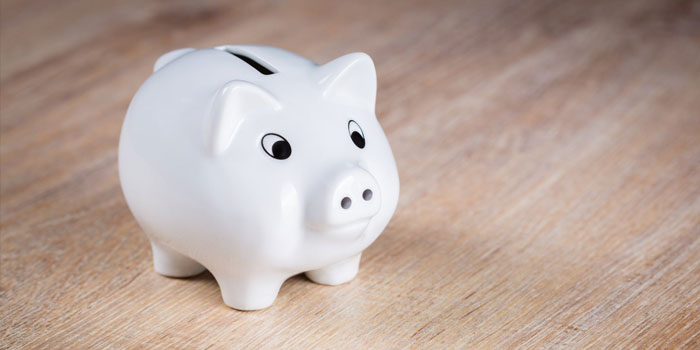
I never trusted commercials that claimed that a snack “tastes good and is good for you”. That just didn’t match my own experience. I feel the same way about finances: what is good for my pocketbook doesn’t usually match my appetite to spend now.
Savings doesn’t just happen: you have to plan for it. But if you are anything like me, there’s almost always something more pressing. A colleague just offers you concert tickets. There’s a leak in your basement. Your kids’ or grandkids’ birthdays are coming up.
That’s why everyone needs an easy savings strategy. Here’s one:
By late summer and early fall, many employees notice a bump in their take-home pay. This is because they’ve maxed out their Employment Insurance (EI) premiums and Canada Pension Plan (CPP) contributions for the year. Most of us simply spend the extra pay. But what if we diverted those government premiums to max out our RRSP or TFSA instead? After all, we’ve managed to live without that money for the past 8 months so we’re not giving anything up. Simply confirm your deduction amounts from your paystub and move those funds into a savings plan.
(For those of us who are self-employed, our CPP contributions are already double—we’re paying both the employee’s and employer’s portion—and we probably don’t contribute to EI, so we’ll need to adapt this strategy.)
Once those EI and CPP contributions end, set up an automatic contribution to your RRSP or TFSA. For example, if you earn the equivalent of the national average, your monthly pay will increase by approximately $378. Then, from September to December, activate an automatic transfer from your pay to one of your registered savings accounts where you still have contribution room. Whatever you do, don’t overcontribute as this comes with stiff fines and a migraine. (To confirm your RRSP contribution room, click here.) For example, in an RRSP, four months of deposits would be $1,512 and entitle you to a federal tax refund of $310, depending on your tax bracket, plus an additional provincial tax break. The good news is that for those earning more than $71,300 in 2018, you’ll begin your premium “holiday” sooner since CPP and EI premiums are capped.
This is a life lack that can really increase your wealth over time due to the power of compounding. It’s easy—and it’s good for you too!







